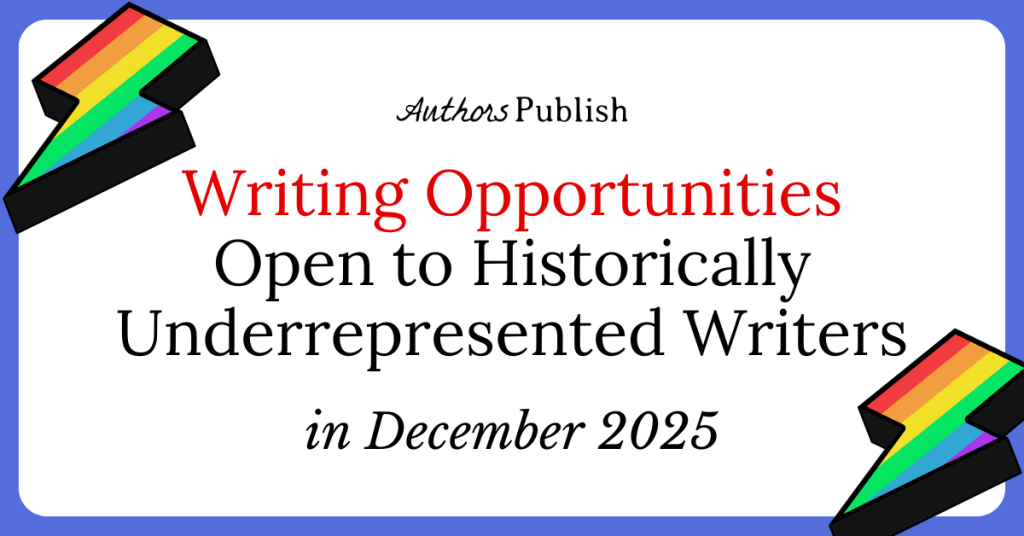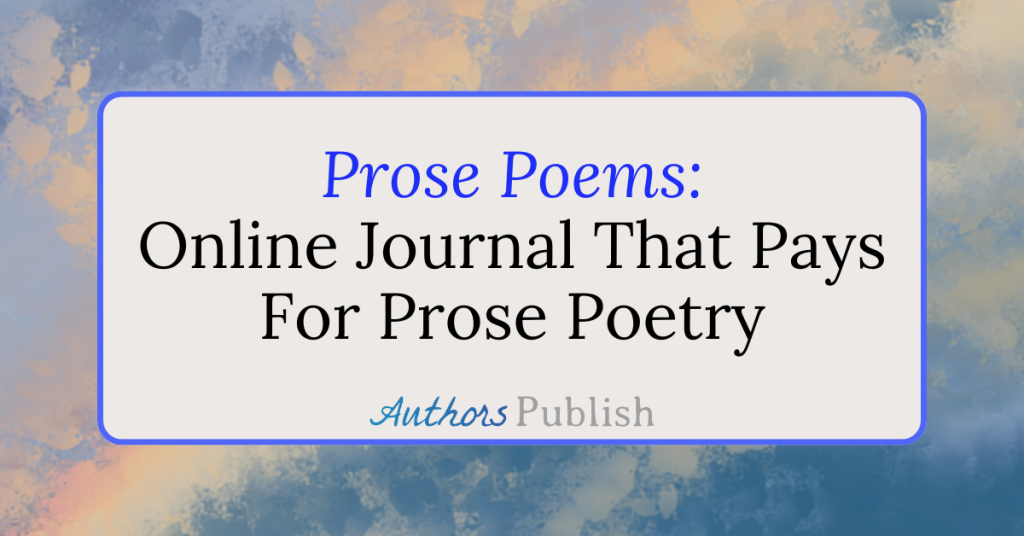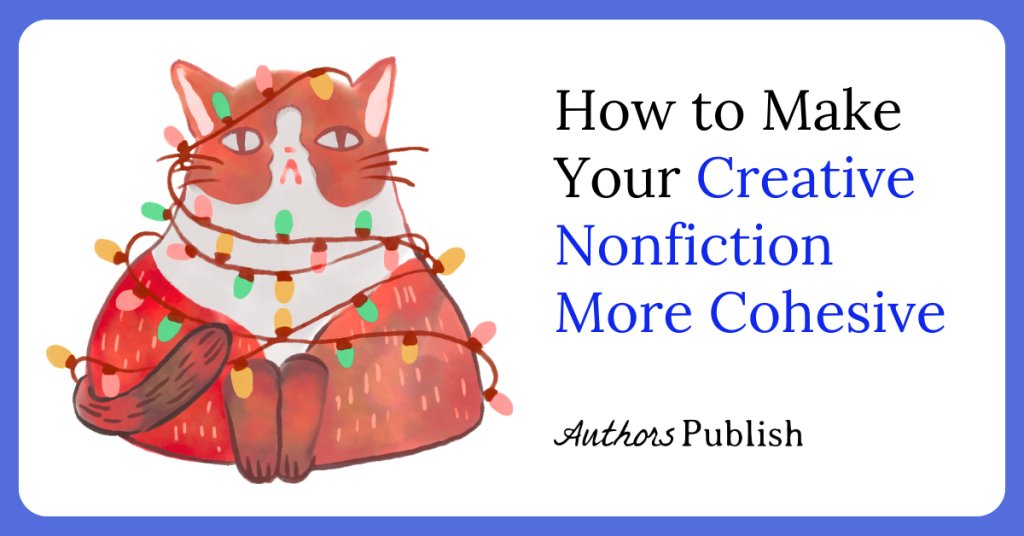By Emily-Jane Hills Orford
“For sale: baby shoes, never worn.” This is one of the most quoted six-word stories in history. It’s believed to have been written by Ernest Hemingway sometime in the 1920s, as a bet to prove that he could write a complete short, very short story. Since this oft-quoted short short, countless writers have tried their hand at writing the ultimate short story, also known as flash fiction. It’s a story with a quick lightbulb moment that flashes on then off in the blink of an eye.
The key element to flash fiction is the length and the quality. As long as it has a beginning, a middle and an end, it’s a story, right? So, how does a writer tackle this daunting task? With the growing number of markets out there seeking quality pieces of flash fiction, it’s an art well worth mastering. Here are some tips for writing your next great work of flash fiction.
- First and foremost: keep it short. The shorter the better. There is no real word count guideline that defines a literary work as flash fiction. Some editors might say 1,000 words or less. Others insist on 500 words or less, or 100 words or even 55 words. And remember there’s the really short short, the Hemmingway version of six words.
- Know your intended market. Study examples of flash fiction and check publishers’ guidelines. There’s no point in writing a thousand-word short short when the publisher believes flash fiction is 55 words or less.
- Learn to love (well, actually, learn to hate) the word ‘cut’ because that’s what you’ll have to do frequently and ruthlessly if you want to pare your writing down to the bare essentials. “Cut. Cut. Cut.” And then cut some more.
- As well as a beginning, middle and end, remember that a complete story, short or long, requires the key elements of setting, character, conflict and resolution.
- The first line, as always, is the clincher. Start in the middle of an action scene, in the middle of the conflict! Don’t dilly dally with all manner of inconsequential details setting the scene and introducing the characters. Jump right into the water, so to speak, and let your story swim.
- Avoid adjectives and descriptive passages. Flash fiction doesn’t have time for extra verbiage. This is where the writer must rely on the reader’s ability to perceive, to sense the setting, the ambiance, the superfluous details and fill in the gaps.
- Use active verbs to move the story forward. Avoid passive sentences. The use of various forms of the verb ‘to be’ doesn’t convey the urgency of storytelling that is paramount in flash fiction. Here’s an example:
Passive sentence with too many ‘dead’ words:
The bitter, cold wind that blew the snow in swirls and frosted everything it touched made Lucy shiver. (18 words)
Flash version:
Lucy shivered under a frosty layer of snow. (8 words)
The intensity of the cold felt by the main character is something that the readers will have to interpret without the benefit of the extra, and somewhat unnecessary, words. Always remember that short sentences can, and do, add a bit of a punch to the overall effect. They also grab the reader’s attention and present a sense of urgency in the plot. Strong, active verbs get to the point fast and fast is what flash fiction demands.
- Keep the number of characters to a minimum. For the shorter flash fiction pieces, stick to no more than two characters; longer flash fiction, you might be able to get away with up to six.
- Keep settings to a minimum, preferably only one setting. Multiple settings not only complicate a tightly woven plot, but it also requires more words to set the stage.
- Don’t go on tangents or weave multiple conflicts. Stick to the single plot (no subplots) with a single conflict.
- Now here’s a bit of a contradiction: don’t be too brief in your flash fiction story. Remember, flash fiction is more than an idea; it’s a story, with all the key elements of a story. Flash fiction isn’t a short vignette about life; it’s not a sketch; it’s a complete story!
- Avoid cliché themes like stories focussing on dreams or writers writing. These are overused themes in both regular and flash fiction.
- Allow dialogue to tell the story, set the scene, describe the characters, and create conflict. This is a great way to say more with less. Keep dialogue tags to a minimum as these quickly add up the word count.
Writing flash fiction can be fun, but it isn’t as easy as one might expect. The best thing about writing flash fiction is that it will tighten and improve your writing skills. Even long stories can become overwhelmed with too much of everything: dialogue, descriptive narrative, subplots, adverbs and adjectives, you name it, too much of anything is never a good thing.
Emily-Jane Hills Orford is a country writer, living just outside the tiny community of North Gower, Ontario, near the nation’s capital. With degrees in art history, music and Canadian studies, the retired music teacher enjoys the quiet nature of her country home and the inspiration of working at her antique Jane Austen-style spinet desk, feeling quite complete as she writes and stares out the large picture window at the birds and the forest. She writes in several genres, including creative nonfiction, memoir, fantasy, and historical fiction. http://emilyjanebooks.ca






